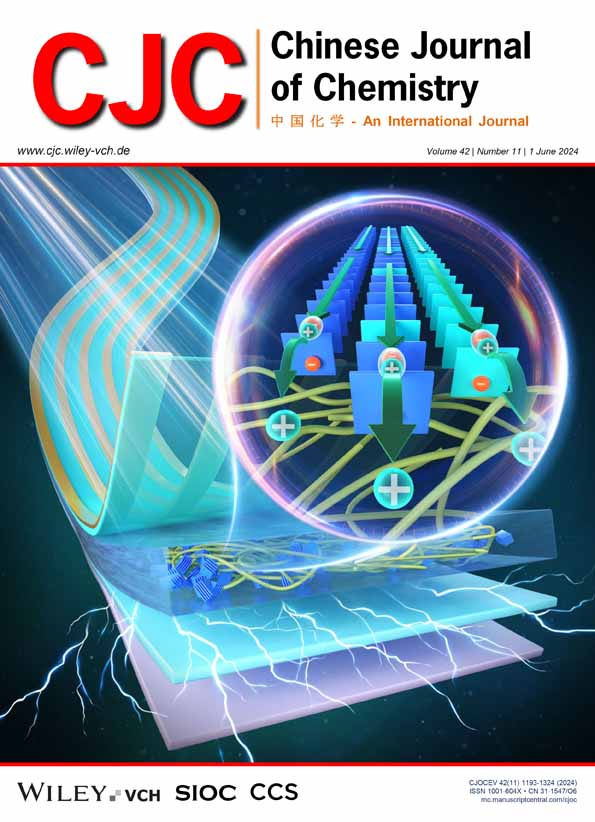Chiral Hydrogen-Bonded Organic Frameworks: Design, Synthesis, and Applications†
Abstract
Chiral framework materials, such as chiral metal-organic frameworks (MOFs) and chiral covalent organic frameworks (COFs), have been extensively reported and studied. However, research on chiral hydrogen-bonded organic frameworks (HOFs) is far behind. HOFs present a novel approach for creating chiral materials, thanks to their mild synthesis conditions, solution processability, and ease of repair and regeneration. This review provides a comprehensive overview of the design and synthesis strategies for chiral HOFs, highlighting recent advancements and exploring the applications of emerging chiral HOFs materials.
Key Scientists
In the 1990s, Wuest and his collaborators advanced the development of the HOF field through the design and synthesis of porous hydrogen-bonded networks. In 2011, Chen and co-workers reported one of the first examples of microporous HOFs achieved through permanent porosity. In 2014, Ward and co-workers developed a series of two-dimensional guanidine-sulfonate hydrogen-bonded frameworks with tunable crystal structures, whose flexibility allowed them to be used for structural detection. Further, in 2015, Chen, Li and co-workers constructed the first example of chiral HOF derived from the chiral building block. In 2017, Yuan, Wu, and co-workers synthesized an ultrastable, easily regenerated hydrogen-bonded organic molecular framework with permanent porosity. In 2018, Cao, Liu and co-workers synthesized an ultrastable, crystalline, and recyclable HOF for synergistic chemo photodynamic therapy. In 2021, Zhang and co-workers achieved ethylene/ethane separation in a stable HOF through a gating mechanism. In 2022, Cao, Liu, and co-workers developed an innovative mechanochemical strategy for HOF synthesis. The story of HOFs is still unfolding.

 求助内容:
求助内容: 应助结果提醒方式:
应助结果提醒方式:


